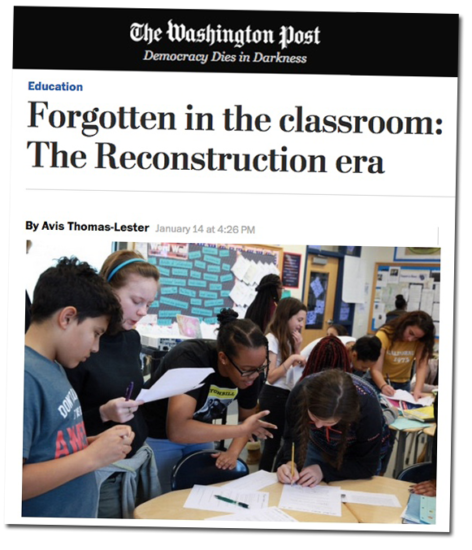 By Avis Thomas-Lester
By Avis Thomas-Lester
In August, Michigan history teacher James Gorman watched televised images of torch-bearing white supremacists marching on the University of Virginia in Charlottesville and decided to use the incident to teach his students about similar events that happened in a divided United States 150 years earlier.
He would compare race-based protests by white nationalists, like those in Charlottesville, to segregationists’ efforts during the Reconstruction era to roll back civil rights advances made after the Civil War. During Reconstruction — which historians date from roughly 1865 to 1877 — enslaved people were freed, former slaves and free Blacks gained citizenship rights, and Black men were granted the right to vote. As a result, African Americans made huge strides in education, entrepreneurship and political power. Historians estimate that as many as 2,000 Backs were elected to local, state and federal offices during Reconstruction.
Most of those gains were lost after 1877, when the federal government pulled troops out of the South. A backlash began. Racist legislators effectively stripped Blacks of their constitutional rights by passing laws mandating segregation and restricting voting.
The post-Reconstruction attacks on Black advancement “were motivated by the same mentality as Charlottesville — limiting progress,” said Gorman, who teaches in Tawas City, a hamlet of about 2,000 on the Lake Huron coast of Michigan’s Lower Peninsula. “It’s important for students to learn about that period, especially as it relates to what is happening today.”
To inform his lessons, Gorman chose a curriculum called “Teach Reconstruction” that was created by the Zinn Education Project, a collaboration between social justice education nonprofits Teaching for Change, based in Washington, and Rethinking Schools, of Milwaukee. The creators of the Teach Reconstruction project are campaigning for the inclusion of lessons about Reconstruction in history and social studies classes. The project provides educational materials and teaching guides for teachers.
Continue reading at The Washington Post or The Hechinger Report.

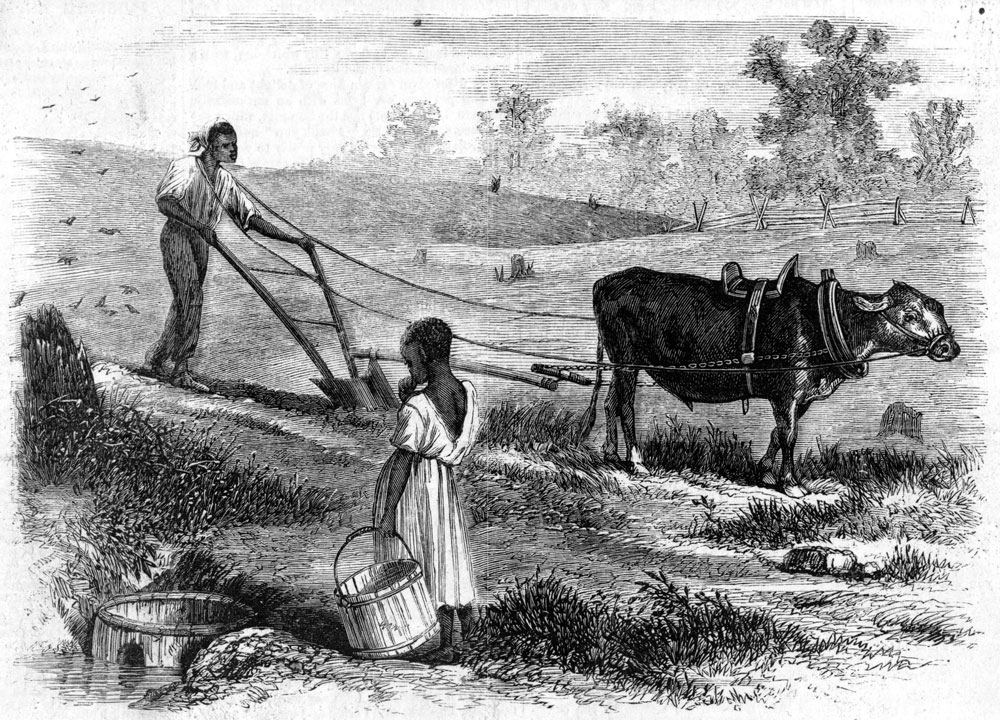

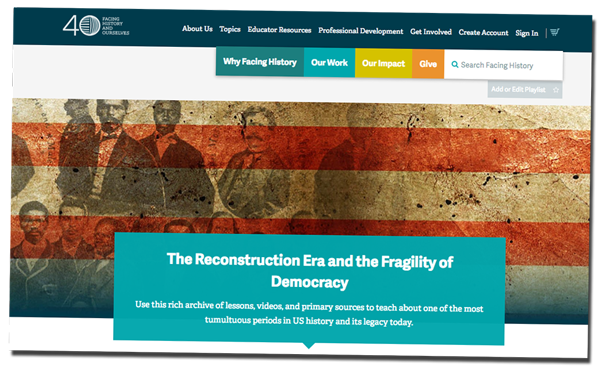
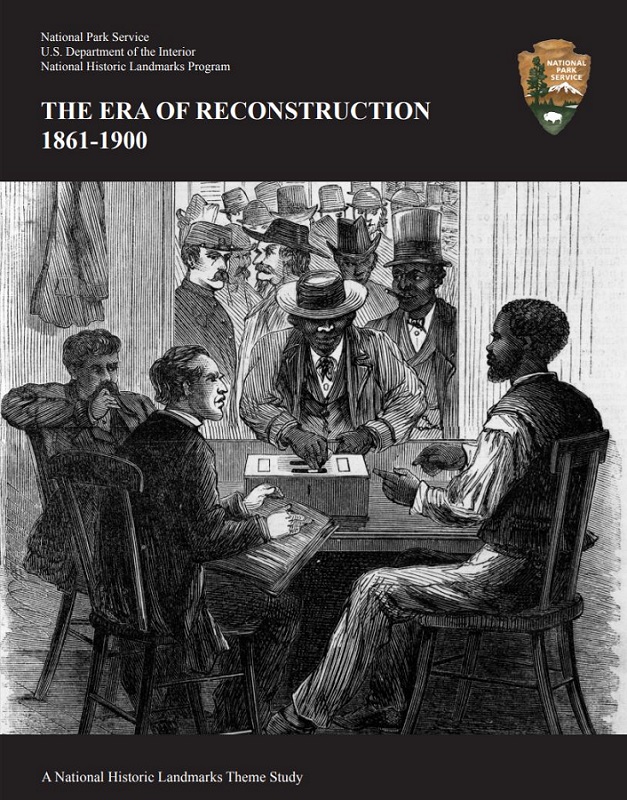
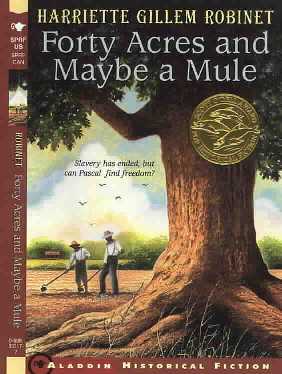






Twitter
Google plus
LinkedIn